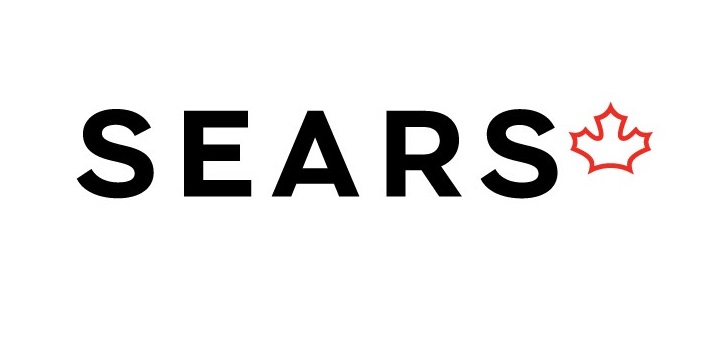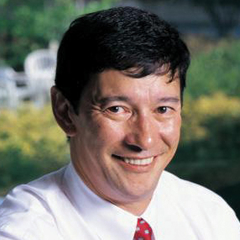
Sears Canada Inc. (TSX:SCC) posted a 125.6% net loss in Q3 2016 as compared with the same quarter in 2015, according to their latest financial statement located in their Third Quarter Report.
In an email exchange, however, Jim Danahy, CEO of CustomerLab, says this net loss “this is not a one quarter blip”, and this recent decline has been a long time coming.
But, there are many notes at the beginning of the Management Discussion and Analysis document that account for this loss within the last two years in the same quarter. Vincent Power, Vice-President of Corporate Affairs and Communications at Sears Canada emphasizes that these notes are “in themselves cautionary notes, highlighted as potential risk factors that are put in every statement”.
A few factors among these cautionary notes indicate that Sears Canada failed to innovate in the face of change.
In November 2015, Sears Canada lost their ten-year agreement with JPMorgan & Chase and as a result offered many promotions for customers before the contract ended. Since Sears Canada’s finance company changed to Easyfinancial and its parent company GoEasy, the promotions that Sears Canada offered in the third quarter of 2015 were not available in 2016’s Q3, accounting for a greater net loss when both Q3s are compared with each other, said Power. As such, in 2016’s Q3 there were was less incentive to purchase big ticket items such as appliances, and charge it to the Sears Card to avail of promotions.
Tied into the loss of the Sears credit card backed by JPMorgan and Chase was changes to the Sears Club program, another factor to account for the net loss in 2016’s Q3 as compared with the same quarter in 2015. Under the previous card, enrolment in the Sears Club loyalty program was automatic when a customer applied for the card, and when they used the card at Sears or at other retailers. Under the new financing program, Sears Club became a stand alone program that a consumer had to enroll, independently, thus resulting in the inability to attract and retain customers in the loyalty program.

Source: Queen’s University
Ken Wong, Associate Professor & Distinguished Professor of Marketing at the Smith School of Business at Queen’s University unpacks the lack of innovation with regards to the Sears Club program. With a loyalty program a company can “track future purchases based on past purchases” and if fewer customers are active and loyal to the program, this doesn’t give Sears Canada any “market research or individual customer data on how to move forward”.
Their Third Quarter Report also mentions their their delay in moving their catalogue customers online, and also the delay in developing and implementing their e-commerce platforms. With their catalogue legacy, in place since 1953, Sears Canada had the infrastructure set up to move seamlessly to e-commerce, as they already had the environment where consumers didn’t have enter the brick and mortar store to buy their goods – they could buy from home, have the product shipped directly to their home or even pick up in store.
Wong articulates that “catalogue business is the kissing cousin of e-commerce. Sears was positioned for greatness in the world of e-commerce and online shopping. All they had to do was automate, and they didn’t”.
Power also mentions their loyalty to their catalogue customers, but highlights these clients tend to fit an ‘older demographic of empty nesters’, who may not need to by big ticket items like appliances with the same frequency as young families who are in the process of building a home, and shopping online.
Sears Canada’s Third Quarter Report for 2017 will be released on October 21st, 2017.
Sears Canada Inc. Stock Prices by Saalem on TradingView.com
Source: TradingView.com

